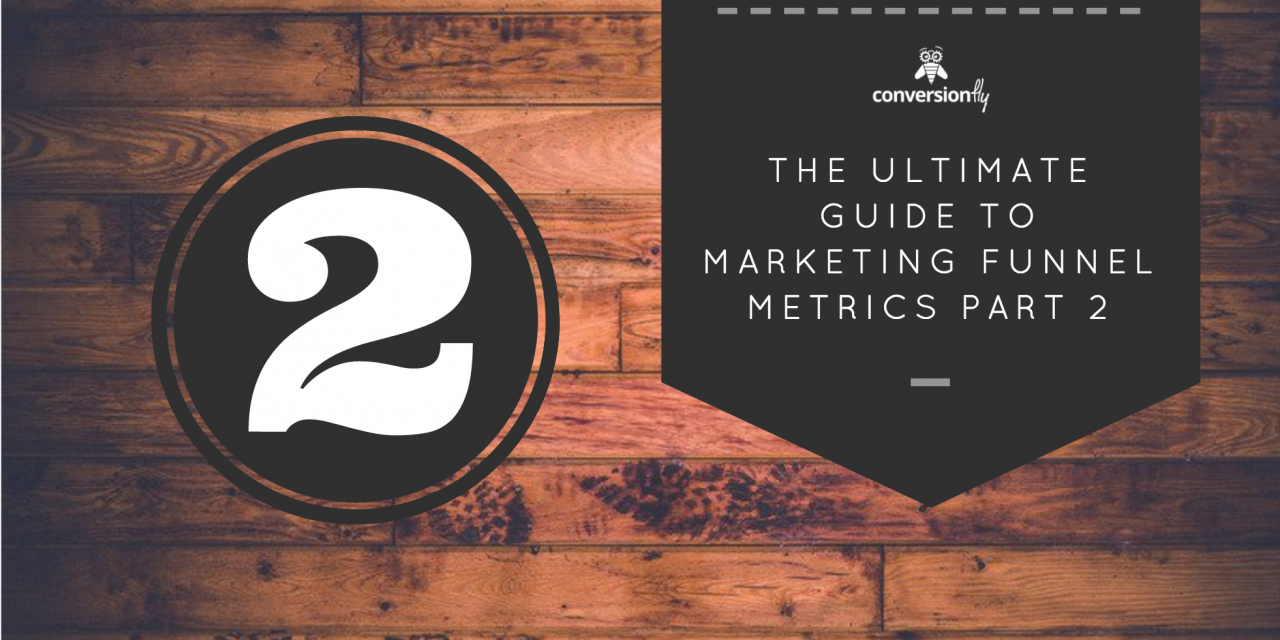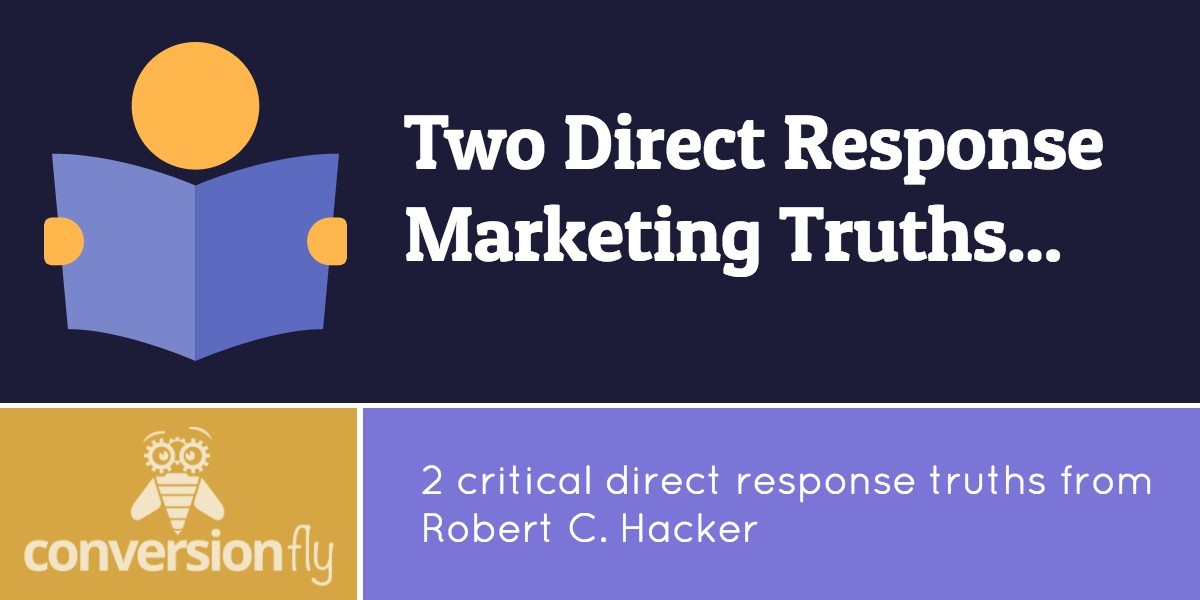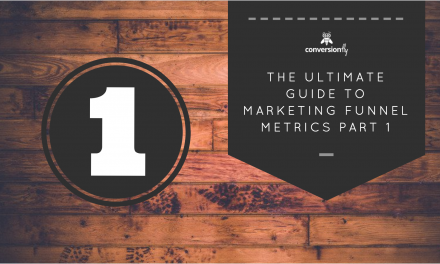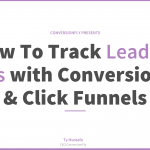Welcome back for Part 2 of the Ultimate Guide to Marketing Funnel Metrics.
Today we’ll be helping you understand your “Lead Metrics”.
Before we dive in, remember…
If you’re not properly tracking your advertising, you might as well be living in the 1950s. Or working in the world of boring, ineffective brand advertising.

Today, it’s not only possible to track every single action of every single prospect through your marketing funnel.
It is vital that you do so.
Otherwise, you’re throwing money into a black hole and hoping/praying/wishing it will produce a return.
REAL entrepreneurs, REAL marketers, and REAL business owners simply don’t operate that way. You can’t afford foolish risks that aren’t based on metrics, data, and hard facts.
Ok, I’ll step down from my soap box now. Here’s are the 4 lead-based metrics you need to know and why you need to know them.
Part 2: Lead Metrics:
Opt-in Rate
This one is simple.
Let’s say 100 people hit your landing page. In case you’re new to marketing, that’s a page where you promote a free offer in exchange for a prospect’s email address.
Out of the 100 visitors who hit the page, 30 of them signed up for the amazing free report you’ve cooked up for them.
Congrats! You just got 30 “leads” and your opt-in rate is 30%. Nice work!
WHY This Metric is Important:
Other than your ad itself, this is typically the first bottle neck in your funnel that can be improved upon.
But how would you know if it needs to be improved if you don’t have a baseline for what’s considered good?
A landing page from cold traffic should have a minimum 30% opt-in rate (that’s what the master taught me anyway).
An exit pop or pop-up from organic traffic on your homepage or a content page on your blog should have between a 3-5% opt-in rate.
A landing page from an affiliate or Joint Venture (JV) can have as high as 40-50% (I have one promo that does 65%)
Now, without first KNOWING those numbers accurately, and knowing if that number is ACCEPTABLE or not.
Question: How can you make any real decisions in your marketing?
Answer: You can’t!
Ok, NEXT!
Cost Per Lead
Let’s assume you used Facebook Ads to send people to your free offer page.
You’ll likely be paying on a cost per click basis. But Facebook doesn’t show you cost per lead, so you’ll need to calculate that.
Say it took 500 clicks to get those 30 people to opt-in to get their hands on your magical, enticing, incredible free offer.
You’re paying $1 per click (good deal).
$500 later your cost per lead is $16.67
Is that a lot? Is that a little? Well, it depends doesn’t it?!
WHY This Metric is Important:
Simple. If you know how much a lead is worth to you in your marketing funnel then you know how much you can spend to GET a lead.
If not, well then you might invest $500 get 30 leads, and think “oh that’s too expensive”.
If you’re selling a $47 product, OK maybe.
But what if your product is $1,497? Now THAT’S a totally different story.
Revenue Per Lead
The next step is knowing your revenue per lead metrics for each different traffic source.
Revenue per lead is basically how much a single lead is worth to you in dollars.
If your promotion for your $47 product converted at 3% (quite good) you’d acquire 1 new buyer (that’s 30 x 3%).
So your revenue per lead is $1.56.
WHY This Metric is Important:
Is that number LESS or MORE than your cost per lead?
$1.56 – $16.67 = -$15.10
Ok, you’re in the red on lead acquisition, and it’s not typically a good idea but you STILL might be in good shape.
Average Lead Value
Ok, you need to turn things around and start make money instead of losing it.
Based on all the accurate numbers you have, you decide to add a $1,997 upsell in your marketing funnel.
You’re only asking for $47 for the initial product to teach people how to do something, but you have a full service, done-for-you solution as the upsell.
(For this example: pretend you’re a web developer teaching business owners how to do their website themselves, and the upsell is that you build a website for them instead).
It turns out you’ve targeted business owners on Facebook and they’re too busy to do anything themselves so your upsell CRUSHES and you have a 50% upsell take rate.
In other words, Half the people who buy your $47 product, but the upsell as well. Nice work!
This means your total funnel revenue is now $2,044
This totally changes your revenue per lead and trickles down to your average lead value.
$2,044/30 = $68.13
Your average lead value is $68.13. Every lead into your funnel is worth almost 70 bucks.
So, NOW is it worth it to spend $16.67 on a single lead?
Heck yes it is! Looks like adding an upsell was the perfect move. Excellent job!
Can you see how knowing your numbers through EVERY STEP in your marketing funnel is so mission critical?
That’s why we created ConversionFly.
So that smart marketers like you can stop operating on assumptions, hunches and guesswork…
And start making decisions based on facts, data, and the TRUE story of their marketing.
Stay tuned for Part 3 in the Ultimate Guide to Marketing Funnel Metrics!










